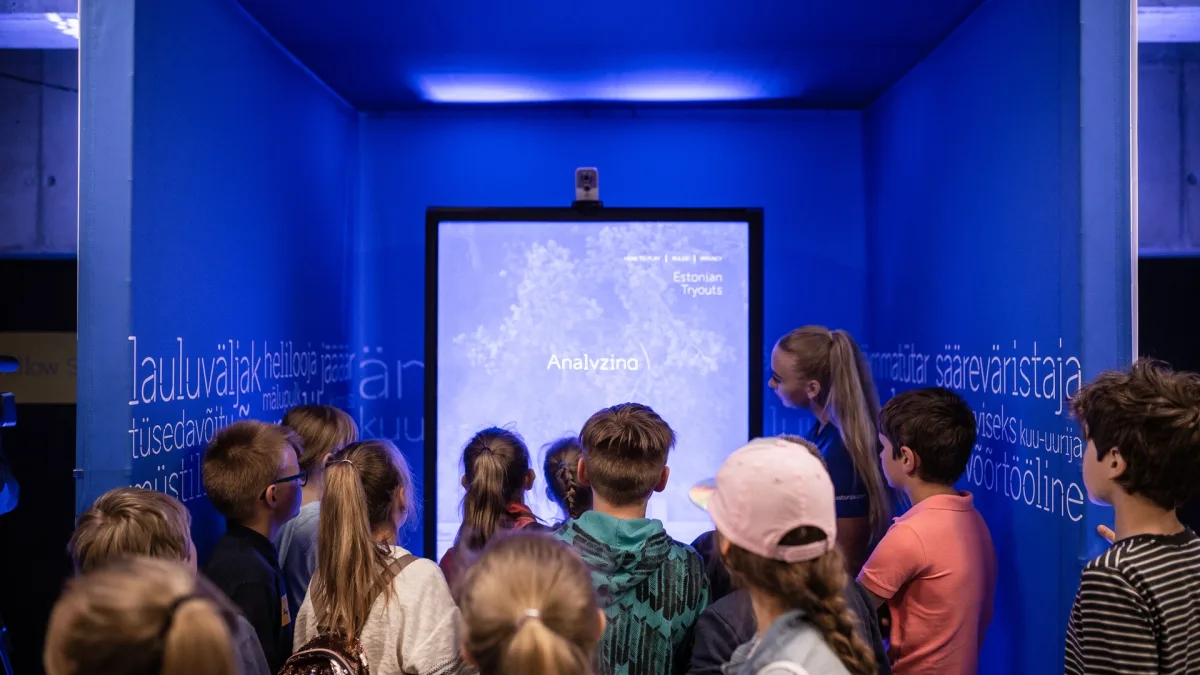Healthcare is undergoing a profound transformation, driven by rapid technological advancements, shifting patient expectations, and the increasing importance of interdisciplinary collaboration.
At the forefront of this evolution is NOVA Medical School in Lisbon, which is redefining how medical students, researchers, and healthcare professionals are trained. With a strong emphasis on technology literacy, data analysis, ethical decision-making, and innovation, the institution is preparing the next generation to navigate the future of healthcare with confidence.
By embracing an integrated approach that merges education, research, and community engagement, NOVA is ensuring that its students not only excel academically but also develop the skills to translate knowledge into impactful solutions.
Now, with backing from the European Institute of Innovation and Technology (EIT) Health, NOVA is set to strengthen its international collaborations and further its mission of healthcare innovation.
A new model
Unlike conventional medical schools, NOVA goes beyond traditional training, embedding innovation, digital transformation, and interdisciplinary thinking into its core curriculum.
“Our goal is not just to educate future doctors but to train them as innovators, problem-solvers, and contributors to the broader healthcare ecosystem,” says Dr Rita Rocha, coordinator of the Innovation and Value Creation Office at NOVA Medical School.
NOVA’s structure is built on three interconnected pillars: education, research, and community engagement. Rather than treating these as separate domains, the school integrates them to ensure that students are actively involved in research, innovation, and real-world healthcare challenges from the start of their training.
One of NOVA’s key focus areas is technology literacy. Medical students are trained to work alongside AI-powered tools, data-driven diagnostics, and digital health platforms. The school also emphasises entrepreneurial thinking, ensuring that students understand the innovation cycle—from research and intellectual property protection to the commercialisation of new medical solutions.
Bridging academia and healthcare ecosystems
One of NOVA Medical School’s defining features is its strong connection to the healthcare community. The institution collaborates closely with hospitals, patient organisations, and social enterprises, creating a seamless bridge between academic learning and real-world practice.
“In Portugal, medical schools are integrated into what we call Central Academic Clinics, which connect research institutions, universities, and hospitals in a continuous cycle of knowledge exchange and innovation,” explains Dr Rocha.
“At NOVA, we take this a step further by involving public and private hospitals, patient groups, and social organisations in joint initiatives that directly impact healthcare delivery.”
This holistic approach extends beyond treatment and care—it prioritises prevention and public health education. The school regularly organises community-focused sessions, helping patients with metabolic disorders, for example, learn how to manage their nutrition effectively.
By combining medical training with public engagement, NOVA is ensuring that healthcare improvements are driven by collaboration and societal needs rather than academic silos.
The future of healthcare
With AI and data-driven healthcare solutions becoming more prevalent, NOVA is equipping students with the necessary skills to navigate this digital landscape. Medical students are trained not only in clinical expertise but also in data analysis, AI integration, and ethical decision-making—ensuring they can work alongside emerging technologies rather than being replaced by them.
“There’s a lot of discussion around AI in healthcare,” says Dr Rocha. “But to truly integrate AI into clinical decision-making, we need a workforce that understands data governance, regulatory frameworks, and the ethical implications of using AI-driven diagnostics.”
To this end, NOVA has introduced specialised training programmes on health data management, regulatory compliance, and intellectual property protection. Students learn how to navigate the legal and ethical complexities of patient data, ensuring that medical AI solutions are both effective and responsible.
NOVA’s international collaborations play a crucial role in expanding its reach and impact. The school has forged partnerships with Harvard Medical School, the Oswaldo Cruz Foundation (Brazil), and EIT Health, among others. These partnerships enable student and researcher exchanges, joint innovation programmes, and the sharing of best practices across healthcare systems worldwide.
Through the EIT Health-supported AI project, NOVA is part of a European consortium working on AI-powered medical devices to improve diagnostics and emergency response. Led by a startup founded by a cardiologist and a data scientist, this initiative exemplifies the interdisciplinary collaboration that NOVA is championing.
“The future of medicine isn’t just about clinical expertise,” says Dr Rocha. “It’s about integrating technology, policy, and human-centred care to create meaningful health solutions. That’s the vision we’re building at NOVA.”
With its forward-thinking approach, strong international partnerships, and commitment to innovation, NOVA Medical School is redefining what it means to train the healthcare professionals of tomorrow. And with the support of networks like EIT Health, its impact is set to extend far beyond Portugal—reshaping healthcare education across Europe and beyond.
Listen to the full conversation between Emerging Europe’s Andrew Wrobel and NOVA’s Rita Rocha:







